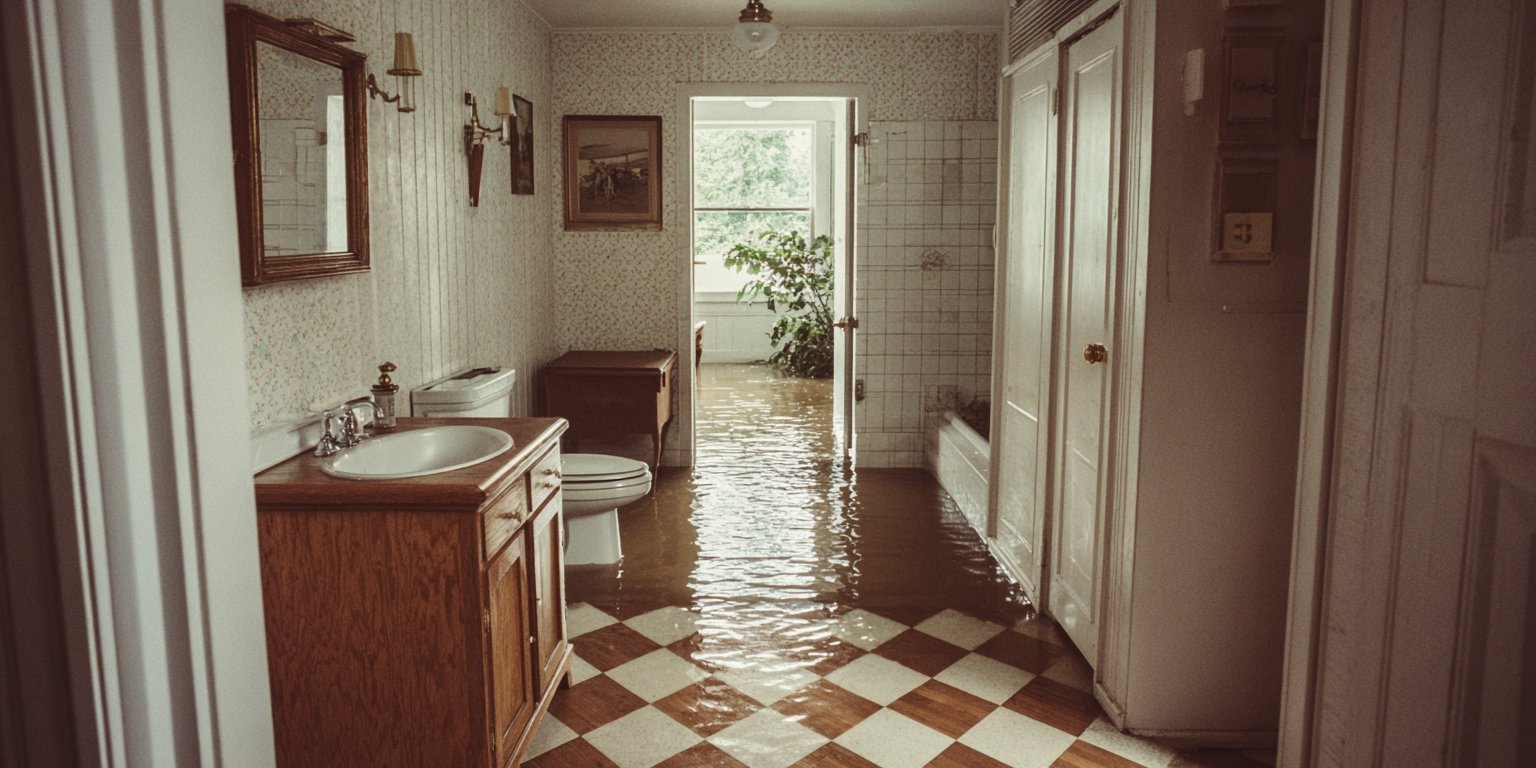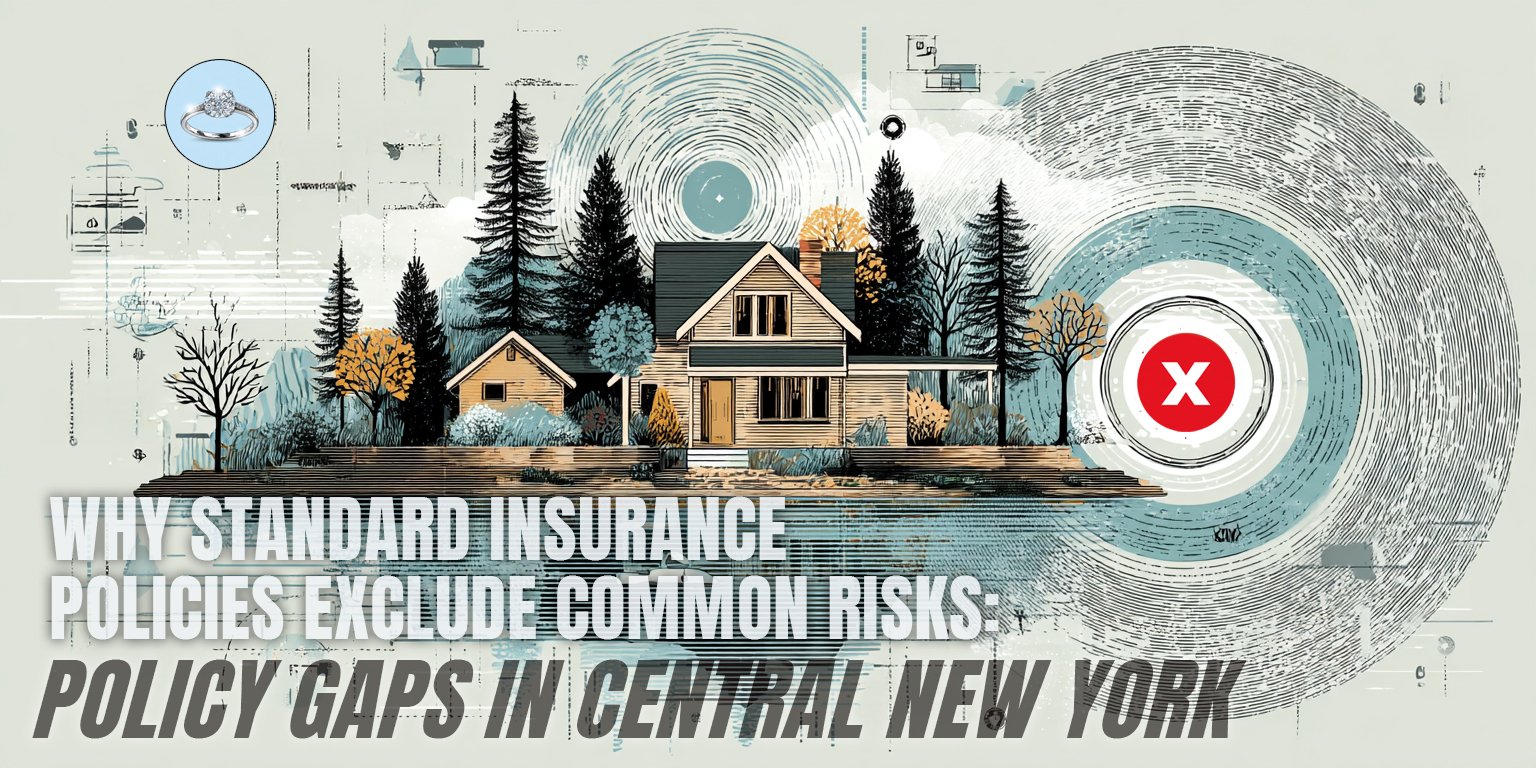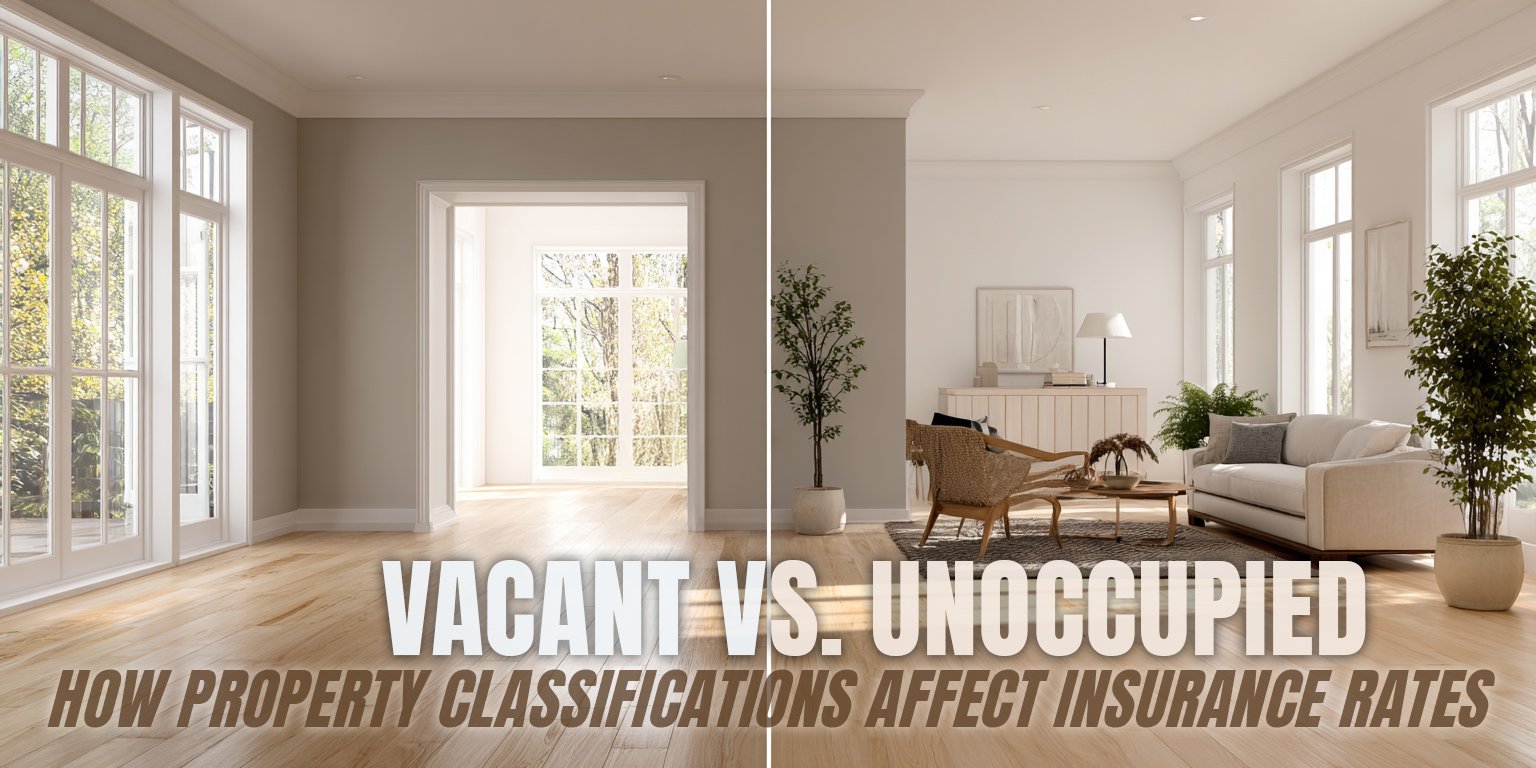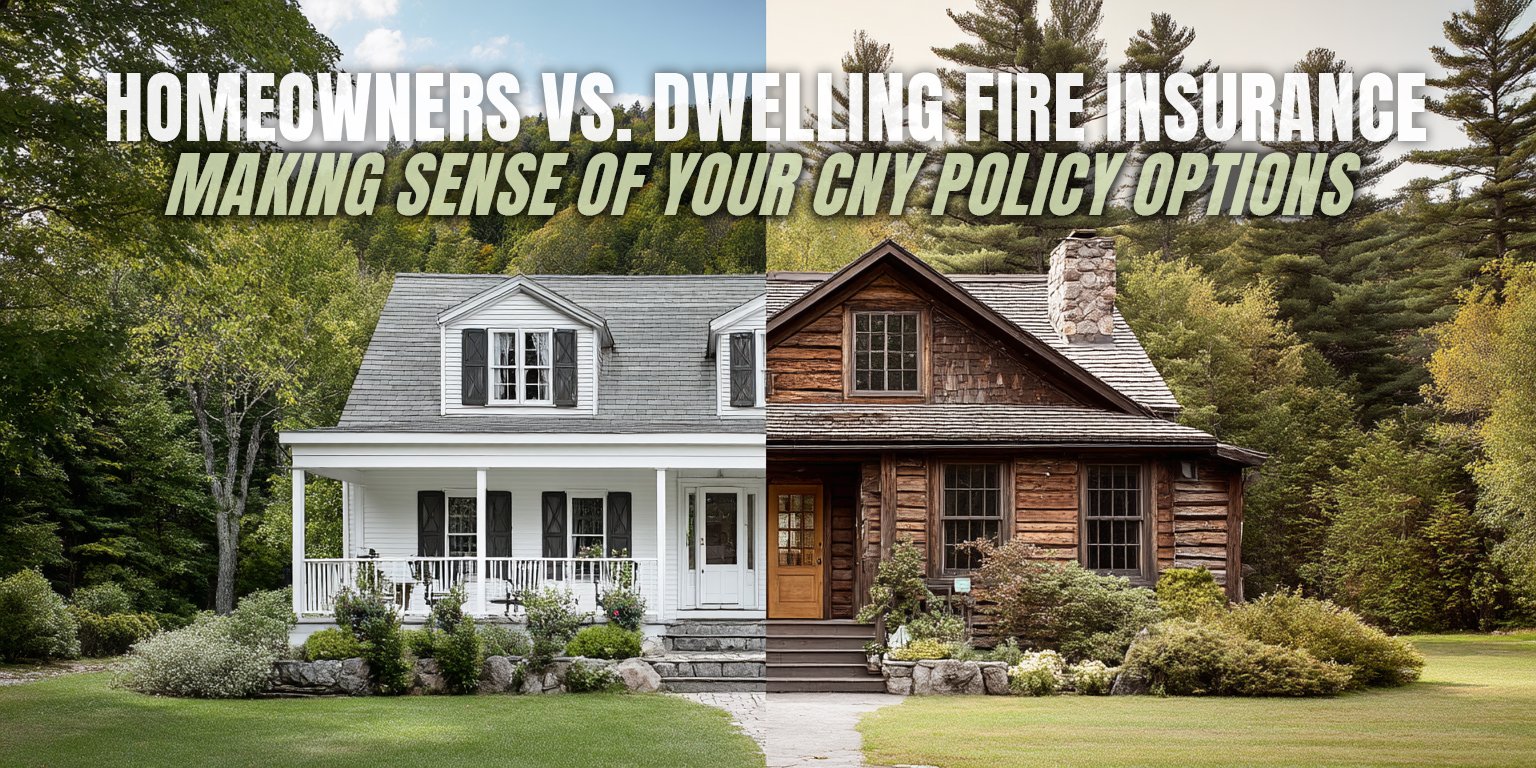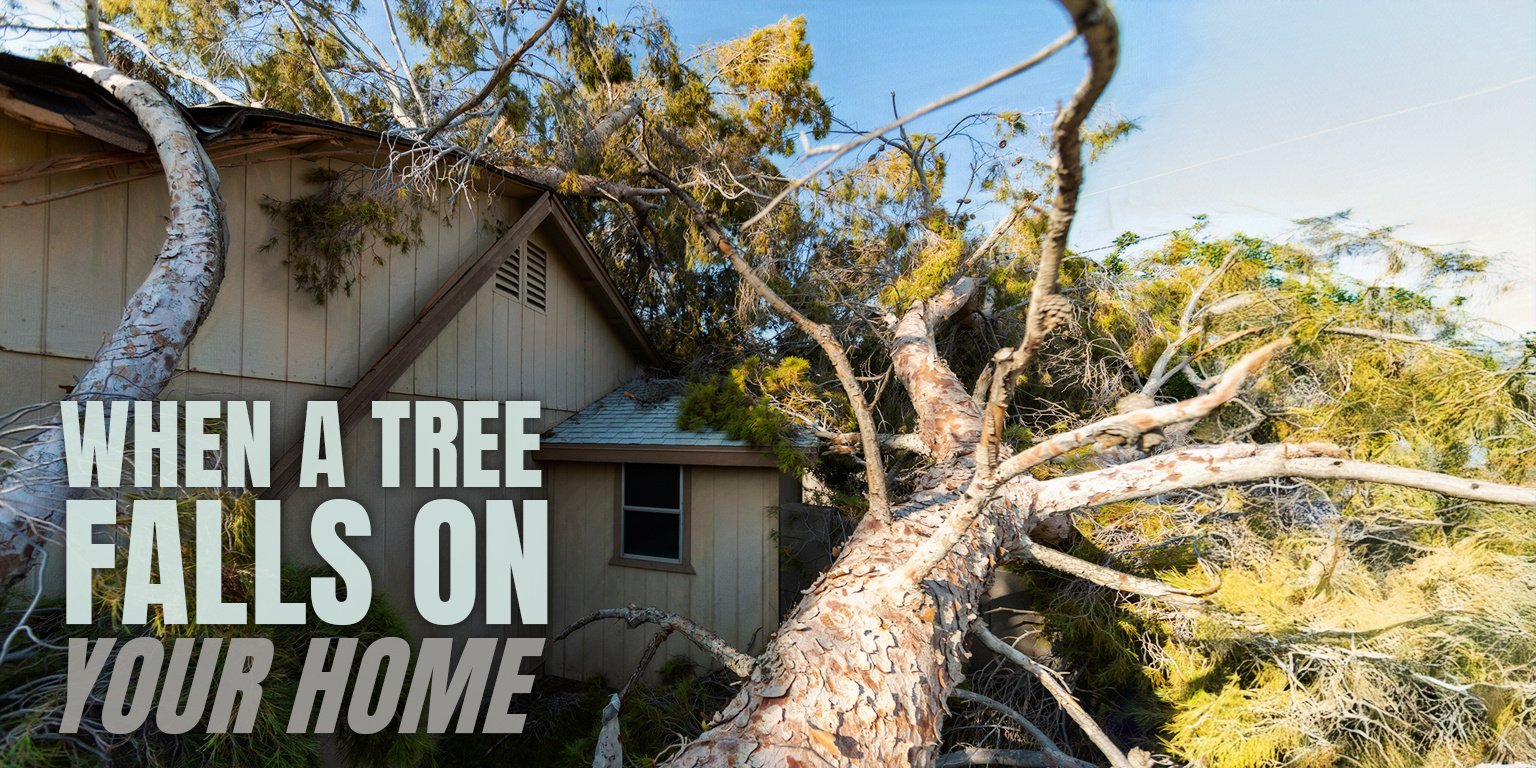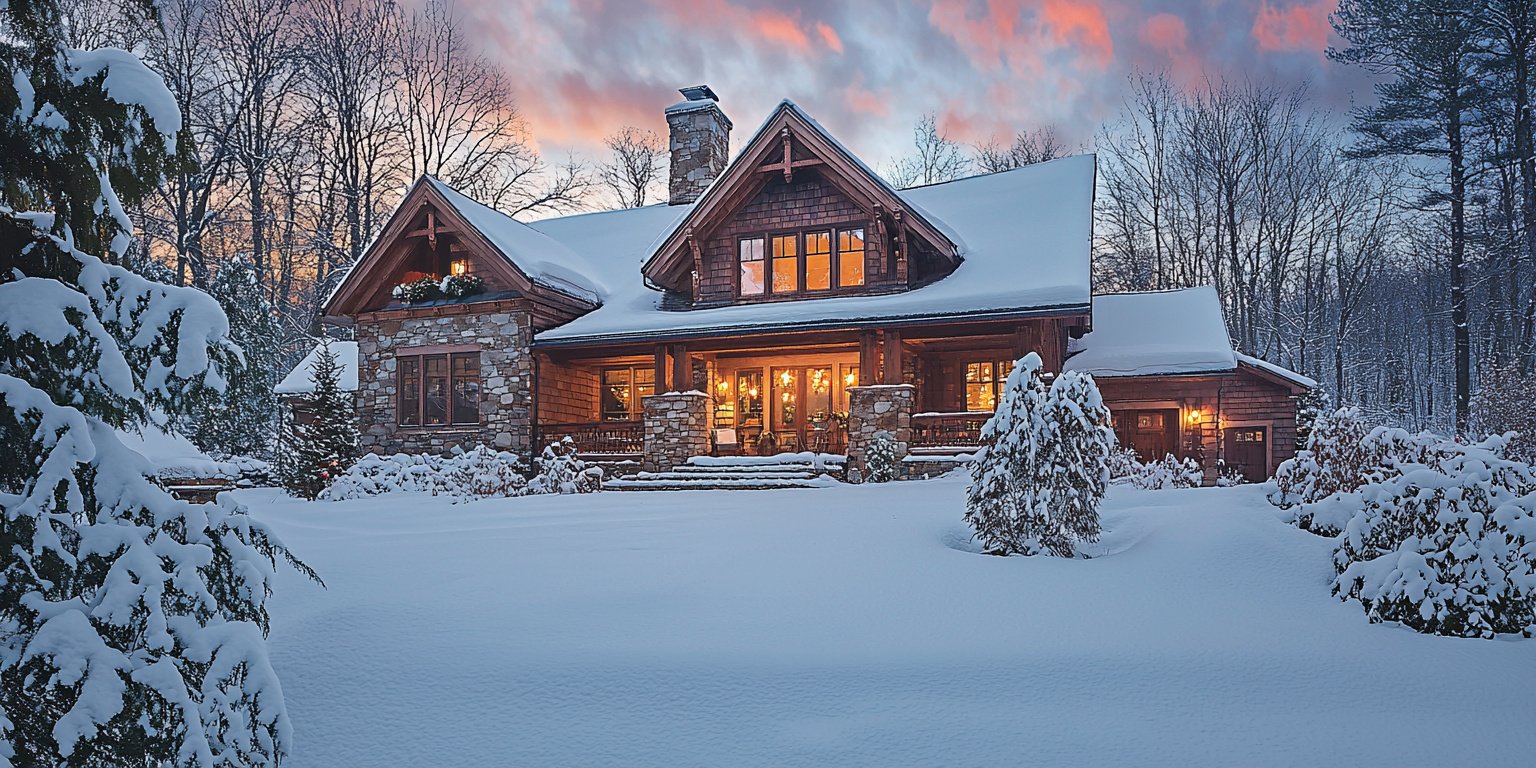How Home Insurance Safeguards Outbuildings and Other Detached Structures
November 1st, 2024
4 min read
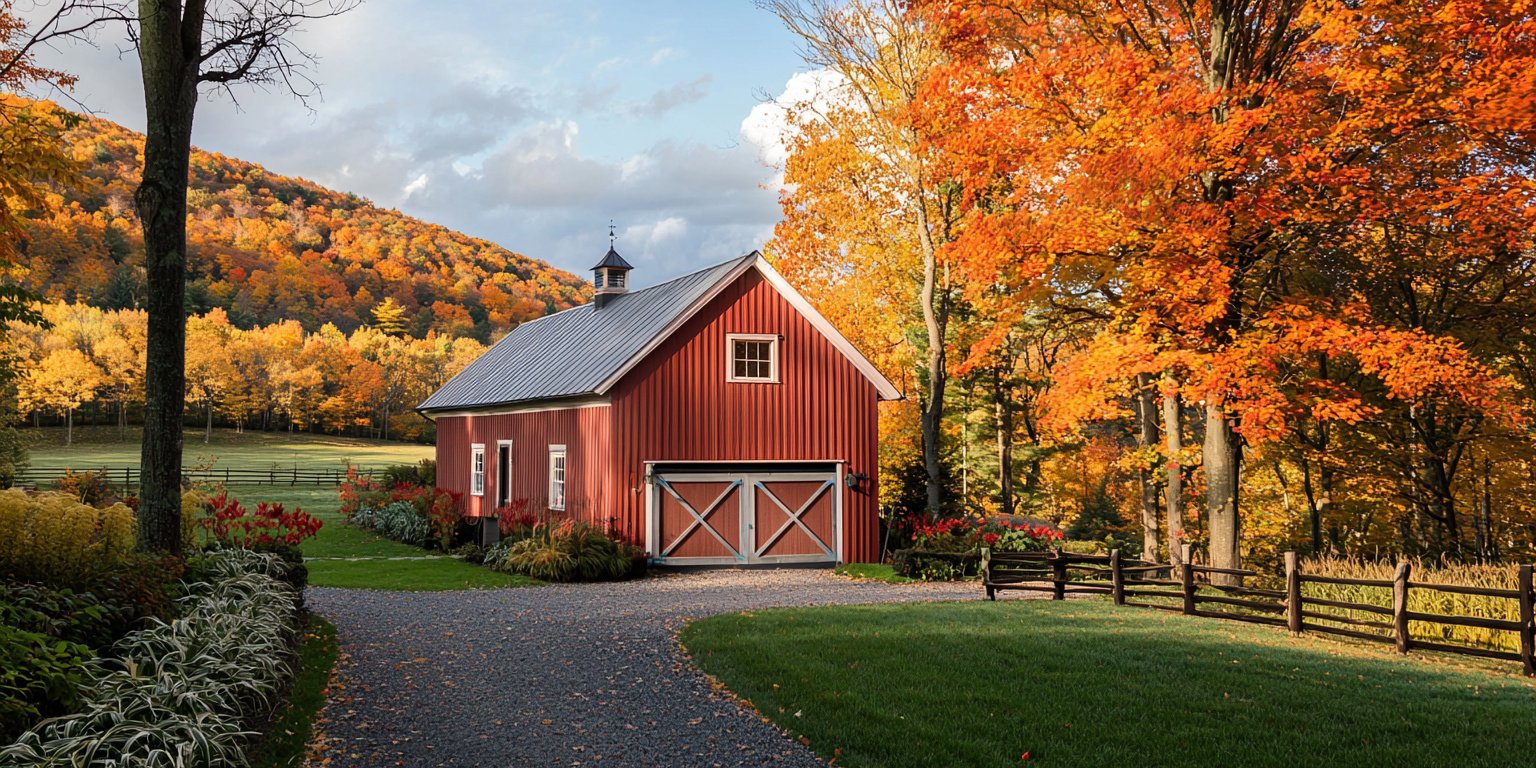
You've invested time and money into your home, but have you considered how well-protected your detached structures are? That shed housing your expensive lawn equipment, the detached garage where you park your classic car, or the gazebo where you host summer gatherings—they're all vital parts of your property. But are they adequately covered by your home insurance?
Many Central New York homeowners aren't aware of how their insurance policies treat these structures. This lack of understanding can lead to costly surprises when disaster strikes.
At the Horan insurance agency, we've seen firsthand how gaps in coverage can leave homeowners vulnerable and financially strained. As an independent agency working with multiple carriers, we have unique insights into the various ways different insurance companies handle coverage for detached structures.
In this article, we'll unravel the complexities of Coverage B in your home insurance policy. We'll explore what's typically insured, what might not be, and how to assess if you have coverage for all the structures on your property.
This information can help you make more informed decisions about your coverage, considering not just your main dwelling, but your entire property.
What Qualifies as a Detached Structure?
When it comes to home insurance, understanding what qualifies as a detached structure is crucial. These are buildings or features on your property that aren't directly connected to your main house. The key factor in determining whether a structure is detached is the roofline.
If a structure shares a continuous roofline with your main house, it's typically considered part of the primary dwelling. For example, if you have a two-car garage that's connected to your house by a roofed breezeway, it would be part of your main dwelling. Remove that breezeway, and it becomes a detached structure.
Detached structures can include:
- Detached garages
- Sheds
- Barns
- Gazebos
- In-ground and above-ground swimming pools (for most insurance companies)
- Fences
- Satellite dishes
- Basketball courts or hoops (permanently installed)
- Tennis courts
- Well houses (including those with a roof and bucket)
- Patios
- Decks
- Outdoor kitchens
You might be surprised by some items on this list. For instance, many homeowners don't realize that fences, in-ground pools, and even a basketball hoop or tennis court fall under this category.
How Home Insurance Covers Detached Structures
Your home insurance policy typically includes two types of property coverage: Coverage A for your main dwelling, and Coverage B for detached structures. Here's what you need to know about Coverage B:
- Standard Coverage: Almost universally, insurance carriers provide Coverage B at 10% of your dwelling coverage (Coverage A) amount. For example, if your house is insured for $300,000, you'd have $30,000 in coverage for all your detached structures combined.
- Combined Limit and Per-Event Coverage: This coverage applies to all your detached structures together, not individually, and is based on the total damage from a single event. For example, if a storm damages your detached garage and shed, the $30,000 would need to cover repairs for both structures. The coverage limit applies to the total damage, not to each structure separately.
- Automatic Inclusion: It's important to note that this coverage is automatically included in your policy. You can't remove it to save money on your premiums, but it's there if you need it.
- Replacement Cost vs. Actual Cash Value: It's important to check whether your policy offers replacement cost coverage for detached structures. Some policies might offer replacement cost coverage on your main dwelling but actual cash value on other structures. If you only have actual cash value coverage, you'd only receive the depreciated value of the structure in the event of a claim, factoring in wear and tear. This is particularly important for older structures or those in poor condition, as depreciation can significantly reduce your payout. Learn more about their differences.
- Potential for Increase: Some carriers may automatically add to this standard limit, while others offer the option to increase your Coverage B limit. This can be beneficial if you have multiple or high-value detached structures. In many cases, increasing this coverage may be relatively inexpensive compared to the additional protection it could provide, but costs can vary.
The Risks of Underinsuring Your Detached Structures
- Out-of-Pocket Expenses: If the cost to repair or replace your damaged structures exceeds your coverage limit, you'll have to pay the difference.
- Partial Repairs: With insufficient coverage, you might only be able to afford partial repairs, leaving your property in a compromised state.
- Decreased Property Value: Unrepaired or partially repaired detached structures can negatively impact your overall property value.
- Total Loss of Coverage: In extreme cases, having a detached structure in severe disrepair could lead to a denial of coverage for your entire property. For example, if you have an old, dilapidated barn on your property in Oneida County that you never use, some insurance companies might refuse to insure your property altogether unless you either repair the barn or have it excluded from your policy.
How to Ensure You Have the Coverage You Need
- Be Transparent with Your Insurance Provider: The key to having coverage that will help offer protection is transparency. Disclose all detached structures on your property to your insurer, even if you don't use them or think they're insignificant. If you're using any structures for business purposes or storing potentially hazardous materials, it's crucial to inform your insurance provider. This openness helps ensure you have appropriate coverage and prevents surprises in the event of a claim.
- Inventory Your Detached Structures: Make a list of all the detached structures on your property, including their approximate value and any recent improvements.
- Review Your Current Policy: Check your policy to see what your current Coverage B limit is and whether it provides replacement cost coverage.
- Assess Your Needs: Consider whether your current limit is sufficient based on your inventory. Don't forget to factor in potential future additions or improvements.
- Discuss with Your Agent: Reach out to your insurance agency representative to review your coverage and discuss any necessary adjustments.
- Consider Additional Endorsements: For high-value items or structures used for business purposes, you might need specific endorsements or separate policies.
- Consider Exclusions: In some cases, it might be beneficial to exclude certain structures from your policy. For instance, if you have an old shed in Lacona, New York, that you never use and is in poor condition, some carriers might offer the option to exclude it from coverage, potentially saving you money on premiums.
- Regular Policy Reviews: As you make changes to your property, such as adding a new shed or upgrading your detached garage, make sure to update your coverage accordingly. Also, be aware that as structures age, their insured value may decrease due to depreciation.
Safeguard Your Entire Property with Extensive Home Insurance Coverage
Don't leave your detached structures vulnerable to underinsurance. By understanding how Coverage B works and assessing your specific needs, you can ensure that your entire property is safeguarded, not just your main dwelling. This approach to coverage can save you from significant financial strain in the event of a disaster.
At Horan, we understand the unique challenges Central New York homeowners face. Our team of licensed agents can help you navigate the complexities of home insurance so that all aspects of your property, including your detached structures, are insured.
Don't wait for a disaster to discover gaps in your coverage. Click the Get a Quote button below to start a conversation with our team.
Daniel is an accomplished content creator. He has been working in publishing for almost two decades. Horan Companies hired Daniel as its content manager in November 2022. The agency entrusted its messaging to him. Since then, Daniel has written insurance articles, service pages, PDF guides, and more. All in an effort to educate CNY readers. He's helping them understand the world of insurance so they can make informed decisions.
Topics:











